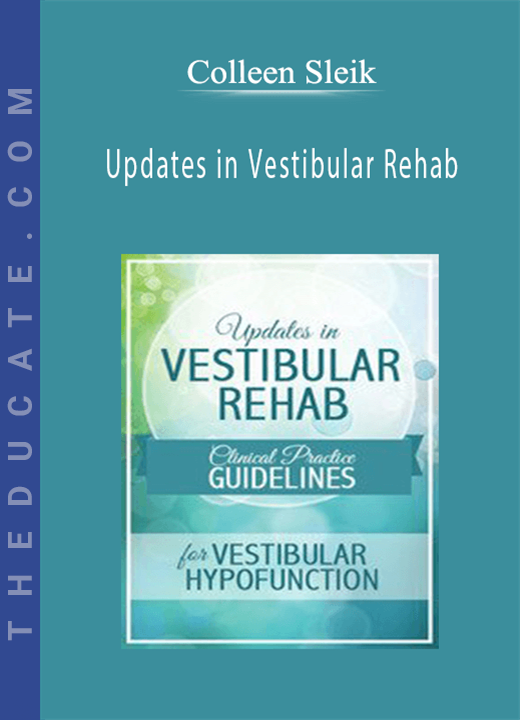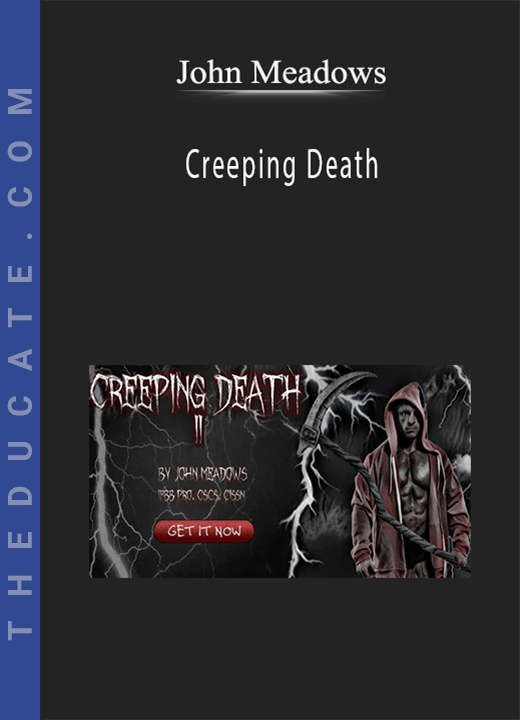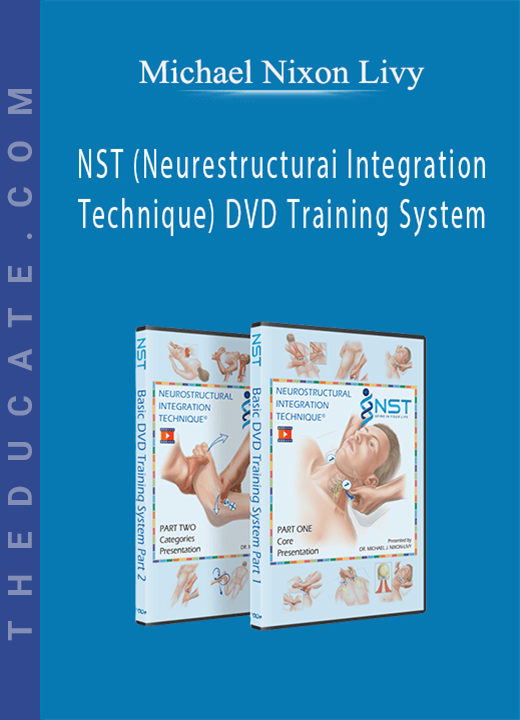Description
Updates in Vestibular Rehab: Clinical Practice Guidelines for Vestibular Hypofunction – Colleen Sleik
Designed to bring you the latest guidelines for vestibular rehabilitation, this recording and demonstration translates the 2016 recommendations of the APTA’s Neurology Section into evidence-based practice. Discover the four key components of successful vestibular rehabilitation programming and explore assessment tools as well as clinical applications of habituation, gaze stabilization, and gait, balance, and endurance training.
Throughout the recording, we will examine case studies demonstrating common findings as well as problem-solving approaches for the challenging patient. Demonstration and progression of gaze stabilization exercises will be covered more closely in lab.
- Discuss action statements brought forth from the research & guidelines in practice of vestibular rehabilitation for peripheral vestibular hypofunction
- Define the 4 components of a vestibular rehabilitation program
- Review case studies & develop an appropriate vestibular rehabilitation program based on findings in alignment with clinical practice guidelines
- Research & guidelines in practice of vestibular rehabilitation for peripheral vestibular hypofunction
- Understanding the 4 components of a vestibular rehabilitation program
- Habituation
- Gaze stabilization
- Gait and balance training
- Endurance
- Assessment tools to determine limitations and how to address each in treatment
- Demonstration and progression of gaze stabilization exercises
- Strategies to develop an effective vestibular rehabilitation program
- Translate test findings into clinical practice
- Case studies







4 reviews for Updates in Vestibular Rehab: Clinical Practice Guidelines for Vestibular Hypofunction – Colleen Sleik
There are no reviews yet.